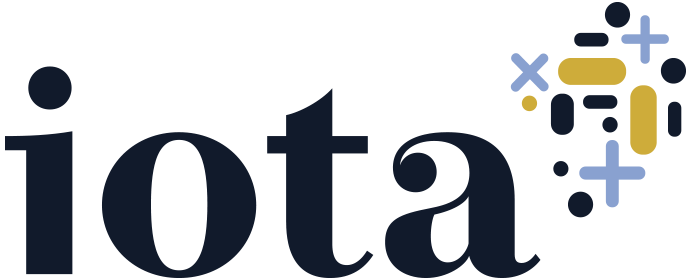Using empowerment evaluation to identify and discuss what is working well
Empowerment evaluation theory is underpinned by social justice, self-determination, stakeholder accountability and ownership a. It is guided by 10 principles (Empowerment Evaluation 10 principles) (Fetterman, 2005) that guide the evaluation at every stage, and is ideal to use to undertake useful, small scale, community-based program evaluation.
The community organisations I work with, those organisations that operate at a local or regional level, and in disciplines of community services, health, education, child safety and family relationships, are the ideal setting for an empowerment evaluative approach because:
The evaluator is the facilitator, not the authority
Empowerment evaluation is a fitting approach for small-scale program evaluation, aiming to build organisational capacity, using the evaluator as a facilitator rather than an authority, as their role is to guide stakeholders through the process of the evaluation.
The focus is on what is working well, not what’s lacking
Use empowerment evaluation to identify and discuss what is working well. This can be leveraged to make things work even better and then used be used to discuss things that are not working as well.
It creates a sense of ownership
Empowerment evaluation is similar to other participatory approaches to evaluation such as participatory action research (PAR) but where PAR seeks to primarily involve stakeholders, empowerment evaluation also aims to create a sense of ownership to ensure program outcomes that will be beneficial for participants.
It can be conducted either face-to-face or virtually
The COVID19 pandemic has changed the reality of our day-to-day working lives. Empowerment evaluation can be conducted using butcher paper and sticky notes or online software (I like to use Miro) when collaborating remotely.
‘Doing’ an empowerment evaluation
An empowerment evaluation approach to a program can be conducted with ease; in three simple steps:
Identify your mission statement – the whole group is to spend time on this, potentially drawing out multiple meanings and nuances behind the mission that are important to the improvement process. Everyone should have the opportunity to offer their opinion – move beyond the program managers, executives and funders).
List the activities that make the mission possible – focusing on ‘what is working well’. Aim to make these specific and measurable (and achievable)! The facilitator will step back at this point and allow the participants to share their ideas and rate how well they are doing in the chosen activities.
Move to planning for the future – participants will build on each activity and determine goals and strategies for each one. The facilitator will guide you through building an actionable framework, with evidence, goals, strategies & project timelines.
I believe in this approach – its simplicity, inclusion of all stakeholders and its resulting sense of ownership.
Need an empowerment evaluation for your organisation?
